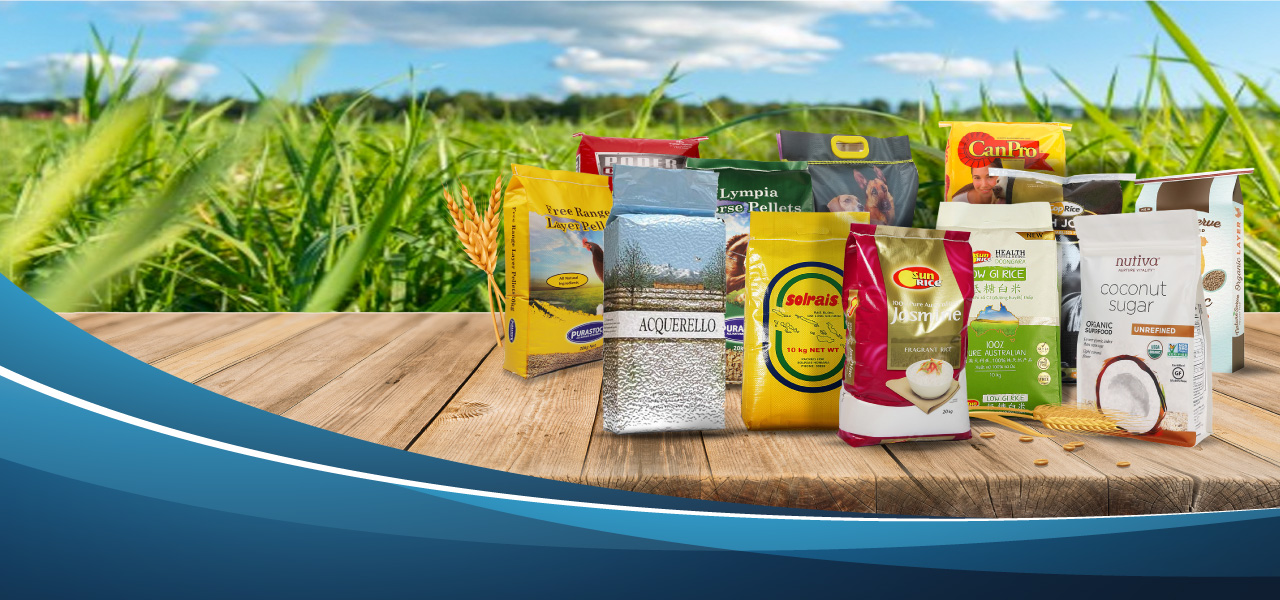What is Eco-friendly packaging?
Eco-friendly packaging, also known as sustainable packaging, refers to packaging designs that have the lowest environmental impact possible. They achieve this by limiting the packaging waste created, maximizing sustainable materials (such as recyclable or biodegradable packaging elements), and the use of renewable energy during production. In short, sustainable packaging and eco-friendly packaging are all about being mindful of your business’s carbon footprint.
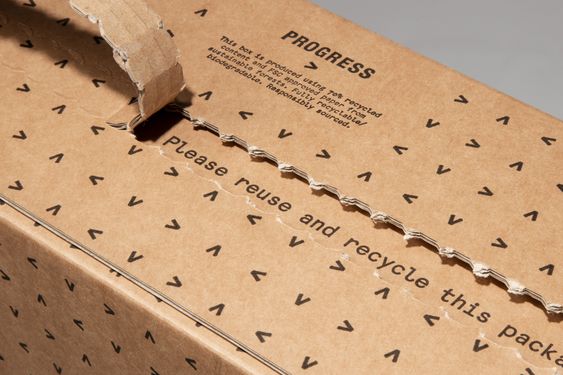
Despite the fact that sustainable shopping has become much more accessible than it was a decade ago, and consumers are in fact buying more sustainably marketed consumer goods, eco-friendly packaging is still important for both brands and shoppers.
Why eco-friendly packaging?What’s the packaging marketing situation right now?
With the growth of consumption, product packaging, as one of the important product factors, plays an important role in influencing purchasing decisions. In order to meet the demand of customers, various product eco-friendly packages are coming up.
What kind of problems and situations will the packaging markets face? What will happen to the packaging industry? Let’s see together!
Eco-friendly packaging, or green packaging, is a way to push back against traditional, highly disposable shipment methods. After all, almost half of the plastic produced worldwide will only be used once before it is thrown away.

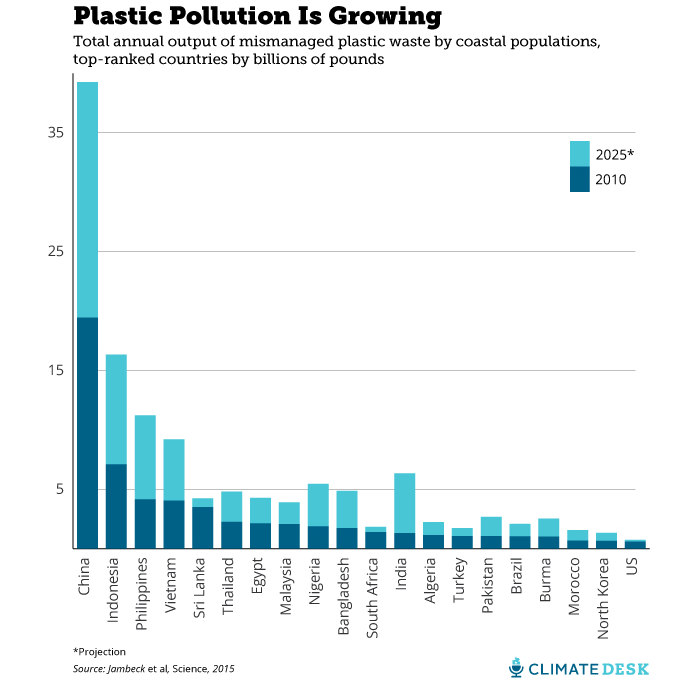
Data from : CLIMATEDES
#Problem 1 : Excessive Packaging
When we order products, when we find that we always need more product eco-friendly packaging than we expected, we will be confused by surprise. Must our products have five different layers of paper and plastic? Unfortunately, the answer is: maybe.
As the experts point out, if not everything is shipped with some kind of protective material, there is a good chance that when it arrives in your hands, the new product will not bring you the ideal state. Especially if you order goods from a larger brand, then your product must be packaged before it is processed a lot, and the product must have some water resistance and durability to keep the product intact and undamaged in many cases. travel.
The next question is security. Food packaging poses other problems because it must meet FDA safety standards, which prohibits packaging food in recycled plastic. Of course, for hygiene and sterilization reasons, products such as medical equipment, medicines, and supplements must meet strict packaging standards.
#Problem 2: Non-Biodegradable, Non-Recyclable Materials
Most of the packaging in our lives today because has to be water and tear-resistant, most of this packaging is plastic. Sure, some of it can be recycled, but most of it can’t. (And recycling should not be our first choice anyway—it still requires a lot of fossil fuels.)
Take the dreadful polybag, for example. Pretty much everything you buy online—from electronics and apparel to home goods and food—comes wrapped in a thin, polyethylene, virgin plastic bag.
They’re made out of the same material that plastic grocery shopping bags are, and they are technically recyclable in some places, but they are so cheap and often contaminated that even if consumers actually put in the effort to take them to the provided bin at the grocery store, only a percentage of the bags actually get recycled into something new.
#Problem 3: ‘Biodegradable Plastic’ Greenwashing
With increased awareness about how terrible single-use plastic is for our planet, ‘biodegradable plastic’ is popping up everywhere. These materials are plant-based alternatives that are meant to solve a lot of the problems that plastic does (water resistance, etc.) but are made from natural materials and supposedly biodegradable.
Some of these types of bio-plastics simply break down into smaller and smaller pieces, causing microplastics or plastic-like bits that are perhaps more destructive and even harder to clean from our lands and waterways than whole plastic products. Others, primarily oxo-biodegradable products, rarely even break down at all. And others still can actually be composted, but it has to be at an industrial facility, not your backyard compost, that's meaning consumers are much less likely to actually get that good to the necessary location where it can be broken down properly.
Therefore, what to look for in eco-friendly packaging? Here we got several eco-friendly packaging materials!
Palm leaf products
The thickness varying palm leaf products rack sumptuously stylish over the shelf of elegantly compostable products that serve to the requirement and takes sprint to join the nature. Biodegradable Palm leaf plates, platter trays, and bowls can be reused with a quick wash or wipe.
This so-natural product cracked out from the sources like vegetable fats, pea starch, corn starch shows the similarity of a usual plastic though embodied with the renewable and recycling characters. Unlike plastics taking big bout to form from the finite oil and hundreds of years to decompose the bioplastics are worthy to foster our environment with low greenhouse gases impact.
Forest Wood
Wood packaging involves utilization of wooden products that are made out from renewable plant resources for packaging of boxes, cases, drums, crates, pallets, box pallets and other similar packaging products to hold commodity.
Recycled paper
The recycled paper packaging products contribute to the glory of the environment through their inherited significant properties of compostable and biodegradable alongside some notably benefiting non-polluting, clean, and safe characteristics. In addition, the consumption of energy for the production of eco-friendly packaging products with recycled paper acquires less than the products that come out from trees.
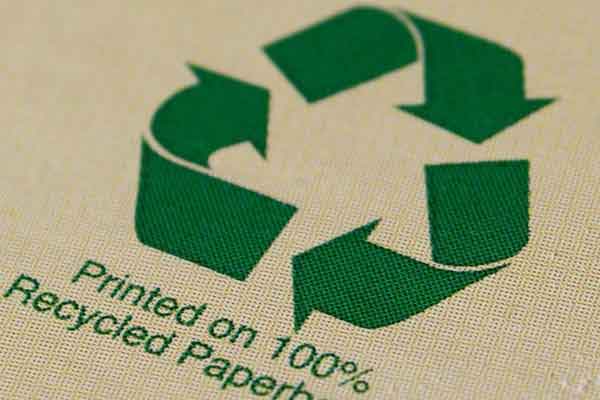
Plant Starch
Plant Starch Materials extracted from renewable crops are biodegradable plastics with flexible nature. Starch derived from potatoes, corn, cassava root called Tapioca, and grass fibers individually constitutes for the production of eco-friendly packaging products that are bio-based. In addition, they are heat resistant and fit stringent to carry hot food.
So, you must wondering how to make your business more eco-friendly right now?
Here we list 10 simple tips below which will help you wisely optimize website spendings and make your business more attractive to eco-conscious consumers. No matter which of these steps you will take, remember to inform customers about all green activities you are involved in.
1.MAKE YOUR PACKAGE DESIGN FUNCTIONAL
A food container shaped as a teddy bear or a puzzle box will ensure that packaging gets a second life and won’t end up in landfills.
2. REDUCE PACKAGING
Although from the eco-friendly perspective, the best packaging is no packaging, it’s hardly possible to refuse to wrap at all. However, as we’ve already mentioned, reduced packaging will significantly decrease your material and transportation costs.

3. PROMOTE YOUR PRODUCTS USING LONG-LIFE ITEMS
Select substantial items like pencils, bags, t-shirts, mugs etc. for your marketing campaigns. These promo materials can be used for a long time and will definitely increase your brand awarenes
4. INSTRUCT CUSTOMERS
Properly mark recycled/recyclabe packaging and give instructions on their possible reuse or recycling. For example, Dell has a bunch of corporate website pages explaining how the company strives to be more eco-friendly in design, production, and packaging as well, also giving information on recycling possibilities in different world regions.
5. PROMOTE YOUR PRODUCTS USING LONG-LIFE ITEMS
Select substantial items like pencils, bags, t-shirts, mugs, etc. for your marketing campaigns. These promo materials can be used for a long time and will definitely increase your brand awareness.

6. USE BIODEGRADABLE MATERIALS
Many marketers avoid using compostable eco-friendly packaging because it’s more expensive and looks less appealing. But all they need to do is to find a green material that suits their specific business needs. E.g. Soy-based ink is a sustainable option that offers a rich set of colors, spicing up plain boxes. Plastic packaging is another option, as it can be recycled or reused.
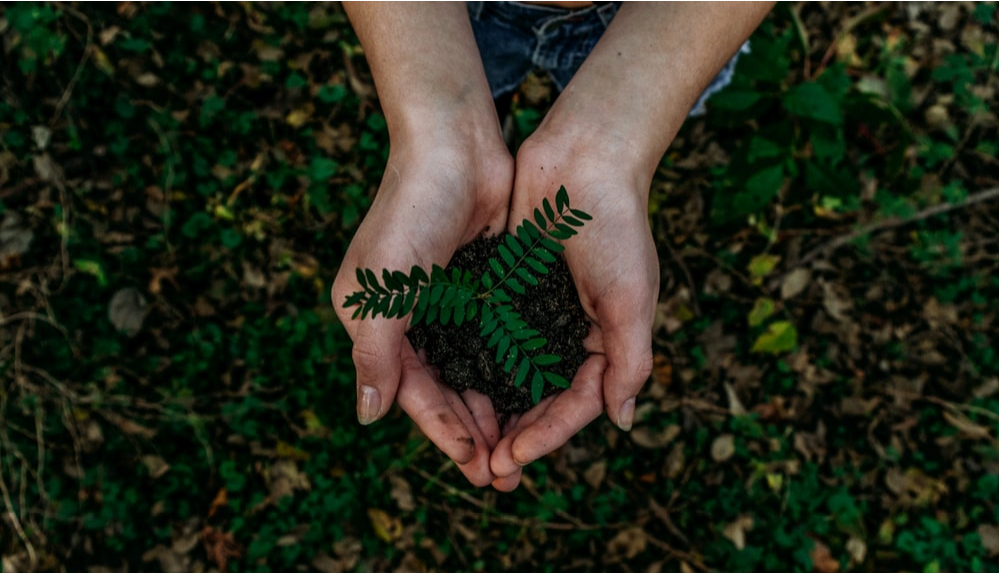
7. DON’T MIX ITEMS INCOMPATIBLE FOR RECYCLING
Two or more polymers used together may prevent packaging of recycling. Therefore, while choosing plastic materials for your package stick to one single plastic-type.
8. OFFER RELATED ECO-FRIENDLY SERVICES
Refilling printer ink or reusing any kinds of packing materials will not only cut down on customer spendings but will attract them to you as a green business in eco-friendly packaging.
9. BECOME AN EXAMPLE TO FOLLOW
Utilize green hosting. Green web hosts companies that participate in a great number of activities, such as forest planting, using renewable energy sources, and many others. Apart from that, most green companies cost less than their non-eco-friendly rivals.
Properly recycle your own garbage.
Make your business paperless by shifting to electronic workflow if possible.
Motivate and engage your employees by rewarding them with new eco-friendly packaging ideas and positive changes.
10. FIND WAYS TO SCALE ‘GLOBAL’ IDEAS FOR YOUR SMALL BUSINESS
1.Stock up with recycled paper for your packaging.
2.Find local paper suppliers (paper recycling plants or centers) to reduce spends on eco-friendly packaging. This way you can support local recycling activities and encourage
3.Think out of the box! For example, offer your employees to take a couple of cardboard boxes or a bag of plastic glasses and bottles home to include them into their municipal recycling programs at a zero cost to your company.
4.Even a small company can reduce printed output by using a slide projector for its presentations instead of printing out the slides.
5 eco-friendly packaging alternatives
Green packaging does not have to look like boring, brown, recycled cardboard, nor does it have to be more expensive than traditional methods.
For many companies, the packaging is a way of expressing their brand, so they should also use environmentally friendly packaging to develop their creativity!
Many new materials imitate plastics and other common packaging products, but companies can also think outside the box (literally) to create reusable packaging and even add value to consumers.
For companies looking to upgrade to environmentally friendly packaging, here are some options.
1. Starch-based packaging peanuts.
Traditionally packaged peanuts are made of Styrofoam, which may take up to 500 years to biodegrade.
Starch-based peanuts have the same protective power as traditional foamed polystyrene, but they can be dissolved in water within a few minutes, thereby minimizing the impact on the environment.
In contrast to polystyrene, which is made from petroleum, starch-based packaged peanuts are made from agricultural waste.
These foam particles are an excellent choice for transporting fragile goods that require significant protection.
2. Biodegradable plastic
Plastic is famous for sticking around. By 2025, every 3 tons of fish will produce 1 ton of plastic in the ocean.
Biodegradable plastics can be decomposed in the sun and are usually made from plant by-products rather than petroleum.
Although it may not be as cost-effective or durable as ordinary plastics, biodegradable plastics can significantly reduce waste from packaging.
3. Natural fabric
If the item being sent is not fragile, it may not require much protection beyond the original packaging.
After all, most products end up in double or triple packaging when they reach consumers.
Instead, try wrapping the product in cotton or burlap to protect the original packaging from bumps and scratches.
When buying in bulk, this packaging option may be more cost-effective than the box and produce fewer toxins during the production process.
5. Paper or reusable envelopes.
Paper and cardboard are common packaging materials and can already be recycled.
However, suppliers often make boxes that are too large for the internal products, thus wasting materials and space.
This kind of waste not only wastes materials, but also increases the cost of e-commerce business, but creates thinner and smaller packaging (such as envelopes) that fit more closely with the product to reduce shipping costs and wasted cardboard.
Even better, using reusable envelopes, customers can send the item back after receiving it.
5. Creative, reusable packaging
Instead of using materials that should be thrown away, it is better to design new uses for your packaging.
A box with cutting instructions can be turned into a dollhouse or a new cat’s nest.
A very durable container can be folded up and sent back to the retailer for reuse. A burlap bag can become a new reusable grocery tote bag.
With the right mindset, e-commerce companies have thousands of choices, hoping to rebrand in a more environmentally friendly way.
Where can I buy environmentally friendly packaging
Compared with the usual plastic and cardboard packaging, the procurement of sustainable packaging materials may be slightly more difficult. You may need to do some research to find a supplier that can design and build creative packaging materials that do not harm the environment.
In the United States, several start-up companies have emerged to meet this challenge. Limeloop is a green packaging startup that uses billboard vinyl and organic cotton to make strong, reusable packaging.
These packages are also connected to sensors that monitor your cargo and can send updates on the environmental impact of the packages to your smartphone.
The data package can be reused for up to ten years and is very simple to use; the company only needs to rent or purchase a “shipper” to send the item, and the customer sends the package back after receiving the product.
Limeloop’s European counterpart, Repack, uses sturdy yellow envelopes, which can also be returned to the company for reuse, reducing waste by up to 80%.
This option is cost-neutral for e-commerce businesses because it is a choice made by the customer at checkout, and the startup company bears the cost of returning the package to the sender.
Other companies focus on improving the materials that make up traditional packaging, creating innovative alternatives to styrofoam, plastic, and cardboard.
The Brazilian oil company Braskem has developed plastic packaging made of sugar cane instead of petroleum for use in shopping bags and flexible transport materials.
Another Brazilian company, Tatil Design, has won numerous awards for designing sustainable and environmentally friendly packaging alternatives by companies in dozens of industries.
In California, Cruz Foam developed an alternative to polystyrene foam made from shrimp shells.
Globally, from start-ups to enterprises, hundreds of companies have begun to feel ecological and commercial push to create more sustainable transportation packaging.
Even in China, the world’s largest e-commerce market, online retail giant Alibaba is promoting 100% recycling bins and electric transportation vehicles due to the large amount of waste generated by the e-commerce industry.
How Large and Small Scale Businesses can Use Eco-Friendly Packaging
Although green packaging is the current trend of market economy development, there are also different contingency methods for enterprises of different sizes.
Large and small-scale businesses may require different approaches to adopting eco-friendly packaging, mostly due to variables like cost, production volume, and the variety of products being shipped.
Large-Scale Businesses
For a company like Amazon or Alibaba, the difficulties of adopting sustainable packaging are two-fold. First, these sites are made up of thousands of suppliers that are scattered around the country (or the world), all of whom must comply with the same regulations.
Making a wholesale packaging switch might be a slow and painful process. Second, as these sites offer millions of products, they must be able to find a producer who can create packaging that is flexible to every item available on the site, and do so at scale.
However, the environmental impact of improving packaging for giant retailers is undeniable. These three e-commerce retailers alone probably dwarf all other businesses in their region in terms of packaging waste.
Therefore, a large business could streamline its transition to sustainable packaging by partnering with a factory or large corporation that uses green replacements for traditional materials. These producers will be able to adapt to the needs of a massive operation that ships out thousands, or even millions, of different products every day.
Small-Scale Businesses
A small e-commerce business might look like anything from an individual’s craft store – selling just a few items a month – to an independent bookstore that sells a few hundred products a month in eco-friendly packaging.
However, for the most part, smaller businesses will deal with a much less varied set of products, meaning they might be able to depend on a single packaging system.
Small e-commerce stores looking to implement green packaging would be a great fit for startups like Limeloop or Repack since they would be able the handle the reusable package turnover more easily.
While a reusable package model might require some upfront costs, depending on the provider, these options tend to be cost-neutral – or even more cost-effective – for small businesses in the long term. They also eliminate waste of all kinds, a goal which is next to impossible for any large company.
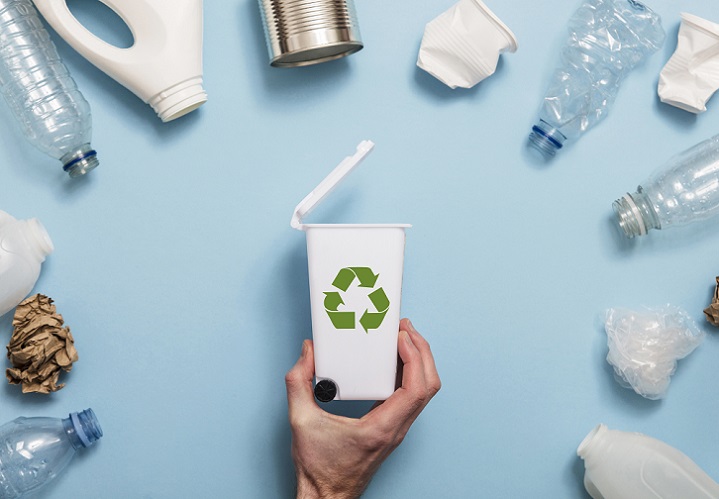
Conclusion:
To be eco-friendly, packaging can be biodegradable (but preferably compostable), recyclable, reusable, non-toxic, made from recycled products, based in biomass or natural products, or manufactured through low-impact means. Enterprises that choose eco-friendly packaging can more effectively save money from packaging costs, transportation, and distribution. At the same time, it can better establish a green and healthy brand concept and increase consumer attention and confidence. Increasing brand prestige and market share virtually.
Therefore, you may need to choose a reliable packaging supplier! PrimePac——can be your first choose!
About PrimePac
At PrimePac, we bring together design experts and brand innovators to create fresh ideas, customized packages, and fully efficient processes.
We design creative packaging solutions that cater to a diverse global audience with the in-house knowledge and network of experienced professionals to meet the demands of every type of client.
From our dedicated sales team and warehouse staff in Australia to the experts at our production facilities in China, all of our employees are guided by four core values at the heart of our business: integrity, innovation, passion, and engagement.


NETWORK
With our team in China and Australia working as one, we reduce inefficiency so that you deal with one streamlined team from manufacturing right to delivery.
Service support team located in Guangzhou, the manufacturing hub of China, providing rapid response, and local industry knowledge. Warehouse and 3PL net work located in Sydney, to provide rapid distribution, and delivery to your customers.
